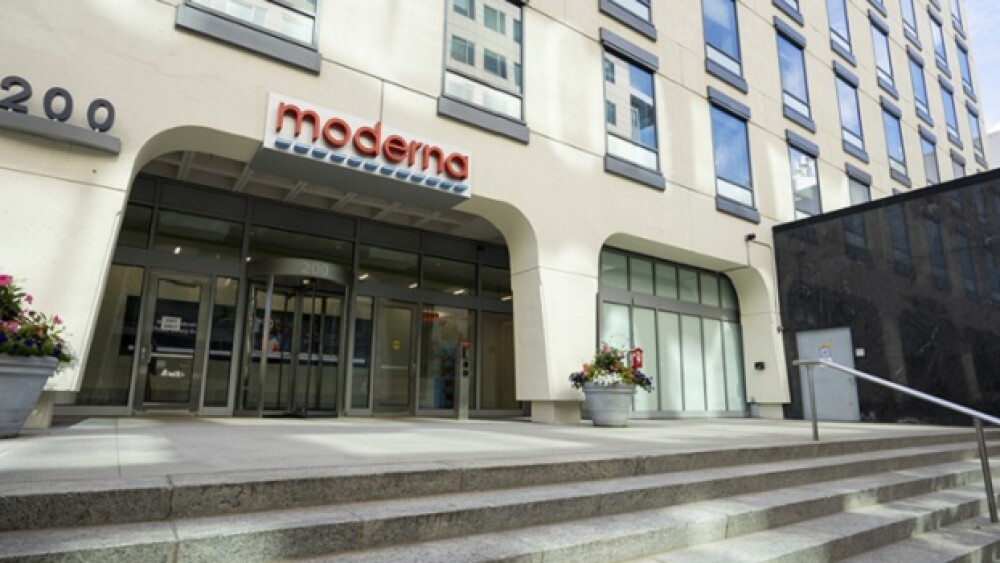Peptide-based vaccines could prove efficacious for both prophylactic and therapeutic treatments
VIENNA, Va., April 28 /PRNewswire-FirstCall/ -- CEL-SCI Corporation announced today that preclinical studies have demonstrated that vaccines utilizing its proprietary L.E.A.P.S.(TM) (Ligand Epitope Antigen Presentation System) vaccine technology could potentially induce protection against illnesses such as swine influenza. In pre-clinical studies using mouse models, several different L.E.A.P.S. conjugates focused on different diseases induced protection and disease improvement. In addition, it was recently presented that the L.E.A.P.S. vaccines work on human cells and that the L.E.A.P.S. vaccines are able to induce cellular responses without excessive amounts of proinflammatory cytokines. In the case of prior pandemic influenza, such as the "Spanish Influenza" and more recently in avian flu, patients with stronger immune systems had a greater chance of dying because their immune response was too strong (too many proinflammatory cytokines). A L.E.A.P.S. vaccine may be able to work around that problem. While normally cytokines may play a key role in preventing and treating swine flu, in some cases excessive cytokine amounts may exacerbate disease as it appears that, unlike the normal flu which affects the very young and very old most severely, swine flu may be more like the avian flu which hits people in their prime more severely.
The L.E.A.P.S. technology combines a small peptide that activates the immune system with a small peptide from a disease-related protein, such as a herpes simplex virus (HSV) glycoprotein, to make a vaccine that induces a defined immune response. The Company hopes to commence clinical trials in humans in order to demonstrate that the L.E.A.P.S. vaccine act and stimulate human dendritic cells in man in a similar manner as seen to isolated murine and human dendritic cells ex vivo and in vivo in the mouse. Dendritic cells direct the subsequent immune response to a vaccine by presenting the vaccine's antigen(s) to the appropriate T lymphocyte and then deliver specific cytokine proteins to the T cell to determine the immune response outcome to the specific vaccine.
Each L.E.A.P.S. construct is composed of a T cell binding ligand (TCBL) which has previously demonstrated the ability to induce and elicit protective immunity and antigen specific antibody production in animal models. In CEL-SCI's L.E.A.P.S. swine flu vaccine the TCBLs will be coupled to two different and known highly conserved peptide protective epitopes from two different essential proteins common to all influenza A virus strains.
L.E.A.P.S. technology is a novel T-cell modulation platform technology that enables CEL-SCI to design and synthesize proprietary immunogens. Any disease for which an antigenic sequence has been identified, such as infectious, parasitic, malignant or autoimmune diseases and allergies, are potential therapeutic or preventive sites for the application of L.E.A.P.S. technology.
The concept behind the L.E.A.P.S. technology is to directly mimic cell/cell interactions on the dendritic and T-cell surface with synthetic peptides. The L.E.A.P.S. constructs containing the antigenic disease epitope linked to an Immune / T-cell binding ligand (I/TCBL) can be manufactured by peptide synthesis or by covalently linking the two peptides. Depending upon the type of L.E.A.P.S. construct and I/TCBL used, CEL-SCI is able to direct the outcome of the immune response towards the development of T-cell function with primarily effector T-cell functions (T Lymphocyte; helper/effector T lymphocyte, type 1 or 2 [Th1 or Th2], cytotoxic [Tc] or suppressor [Ts]). The L.E.A.P.S. vaccine constructs are chimeric peptides which combine antigen specificity with immune response modulation.
CEL-SCI Corporation is developing products that empower immune defenses. Its lead product is Multikine(R) which is being readied for a global Phase III trial. The Company has operations in Vienna, Virginia, and Baltimore, Maryland.
When used in this report, the words "intends," "believes," "anticipated" and "expects" and similar expressions are intended to identify forward-looking statements. Such statements are subject to risks and uncertainties which could cause actual results to differ materially from those projected. Factors that could cause or contribute to such differences include, an inability to duplicate the clinical results demonstrated in clinical studies, timely development of any potential products that can be shown to be safe and effective, receiving necessary regulatory approvals, difficulties in manufacturing any of the Company's potential products, inability to raise the necessary capital and the risk factors set forth from time to time in CEL-SCI Corporation's SEC filings, including but not limited to its report on Form 10- K/A for the year ended September 30, 2008. The Company undertakes no obligation to publicly release the result of any revision to these forward-looking statements which may be made to reflect the events or circumstances after the date hereof or to reflect the occurrence of unanticipated events.
CONTACT: Gavin de Windt of CEL-SCI Corporation, +1-703-506-9460
Web site: http://www.cel-sci.com/




